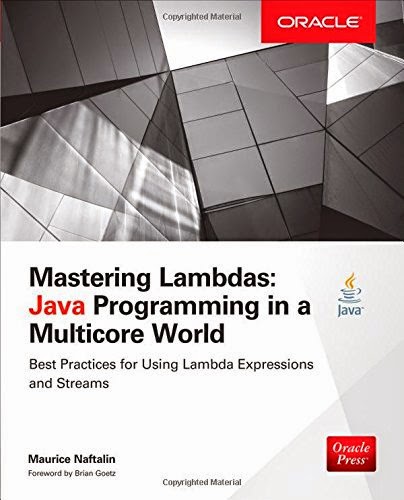This book covers the key extensions of the Java programming language such as Swing, JavaFX, network programming, and JDBC. Each topic starts with a discussion of the topic's background. A step-by-step process, with small snippets of Java code, provides easy-to-follow instructions. At the end of a topic, a complete and ready-to-run Java program is provided. This book contains over 130 images and diagrams to help you visualize and better understand the topics. More than 130 complete programs allow you to practice and quickly learn the topics.
The Swing chapters discuss various aspects of working with a GUI, from the very basic concepts of developing a Swing application, to the most advanced topics, such as decorating a Swing component with a JLayer, drag-and-drop features, Synth Skinnable L&F, etc.
The chapter on network programming covers the basics of network technologies first, and then, the advanced topics of network programming, using a Java class library. It covers IPv4 and IPv6, addressing schemes, subnetting, supernetting, multicasting, TCP/IP sockets, UPD sockets, asynchronous socket I/O, etc.
The chapter on JDBC provides the details of connecting and working with databases such as Oracle, SQL Server, MySQL, DB2, Java DB (Apache Derby), Sybase, Adaptive Server Anywhere, etc. It contains a complete discussion on processing a ResultSet and a RowSet. It discusses how to use the RowSetFactory, to obtain a RowSet object of a specific type. Working with Large Objects (LOBs), such as Blob, Clob, and NClob, is covered in detail with Java code examples and database scripts.
What you’ll learn
- How to extend your Java skills beyond the fundamental object oriented concepts and core language features
- How to apply Java Swing for building Java front ends or user interfaces (UIs)
- How to build small Java applications called applets
- How to do Java network programming
- How to connect with databases using JDBC APIs
- How to work with JavaFX, RMI (Remote Method Invocation), and JNI (Java Native Interface)
- How to use scripting in Java, including coverage of the Nashorn engine
This tutorial is for Java programmers who are familiar with the fundamentals of the Java language and Java programming, who are now ready to call upon the power of extended Java functionality available from the huge array of Java APIs, extensions and libraries.
Table of Contents
1. Introduction to Swing
2. Swing Components
3. Advanced Swing
4. Applets
5. Network Programming
6. JDBC APIs
7. Java Remote Method Invocation
8. Java Native Interface
9. Introduction to JavaFX
10. Scripting in Java





